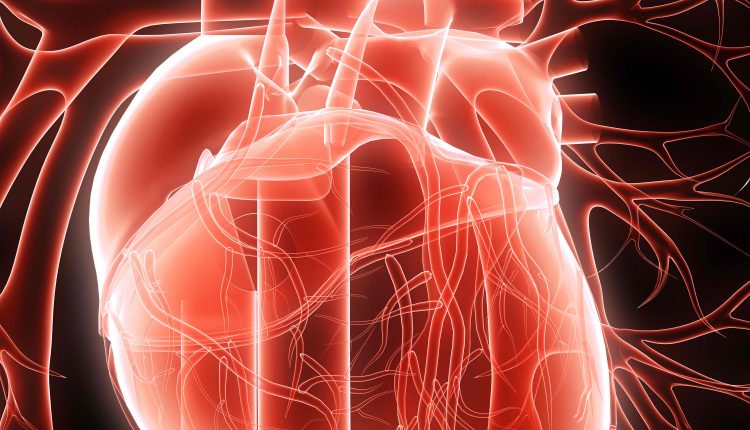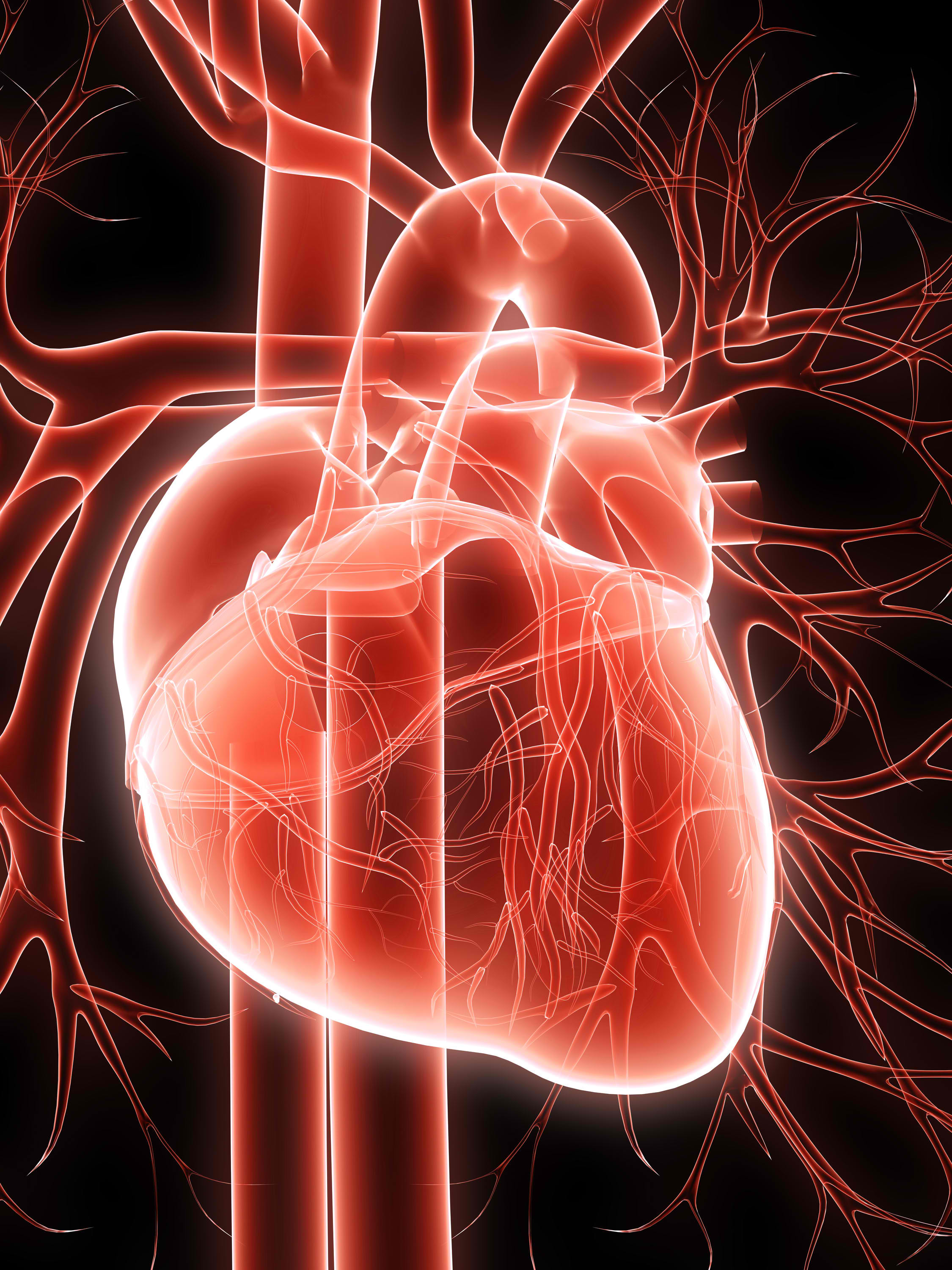Bionic patch could soon monitor heart problems
In recent years, scientists and doctors have implemented the use of “cardiac patches,” or engineered heart tissue that can replace heart muscle damaged during a heart attack. Now, they’ve gone a step further by constructing nanoscale electronic scaffolds that can be seeded with cardiac cells to produce a “bionic” cardiac patch.
“I think one of the biggest impacts would ultimately be in the area that involves replaced of damaged cardiac tissue with pre-formed tissue patches,” said Lieber, Professor of Chemistry and Chair of the Department of Chemistry and Chemical Biology at Harvard University. “Rather than simply implanting an engineered patch built on a passive scaffold, our works suggests it will be possible to surgically implant an innervated patch that would now be able to monitor and subtly adjust its performance.”
According to the scientists, once the bionic patch is implanted, it would act similarly to a pacemaker by delivering electrical shocks to correct arrhythmia.
Unlike traditional pacemakers, though, the bionic patch would also be able to detect arrhythmia sooner and operate at far lower voltages, due to its electronic components that are integrated throughout the tissue. A normal pacemaker would have to use high voltages to operate.
“Even before a person started to go into large-scale arrhythmia that frequently causes irreversible damage or other heart problems, this could detect the early-stage instabilities and intervene sooner,” said Lieber. “It can also continuously monitor the feedback from the tissue and actively respond.”
The patch may also have potential applications monitoring the responses under cardiac drugs, or helping pharmaceutical companies screen the effectiveness of drugs under development.
At this time the bionic cardiac patch has not yet been implanted in animals, but the team looks to test it on a rodent model.
Lieber believes that long term, the development of nanoscale tissue scaffolds represents a new paradigm for integrating biology with electronics in a virtually seamless way.
He even suggests that the cardiac patches might one day simply be delivered by injection.
“It may actually be that, in the future, this won’t be done with a surgical patch,” he said. “We could simply do a co-injection of cells with the mesh, and it assembles itself inside the body, so it’s less invasive.”



Comments are closed, but trackbacks and pingbacks are open.